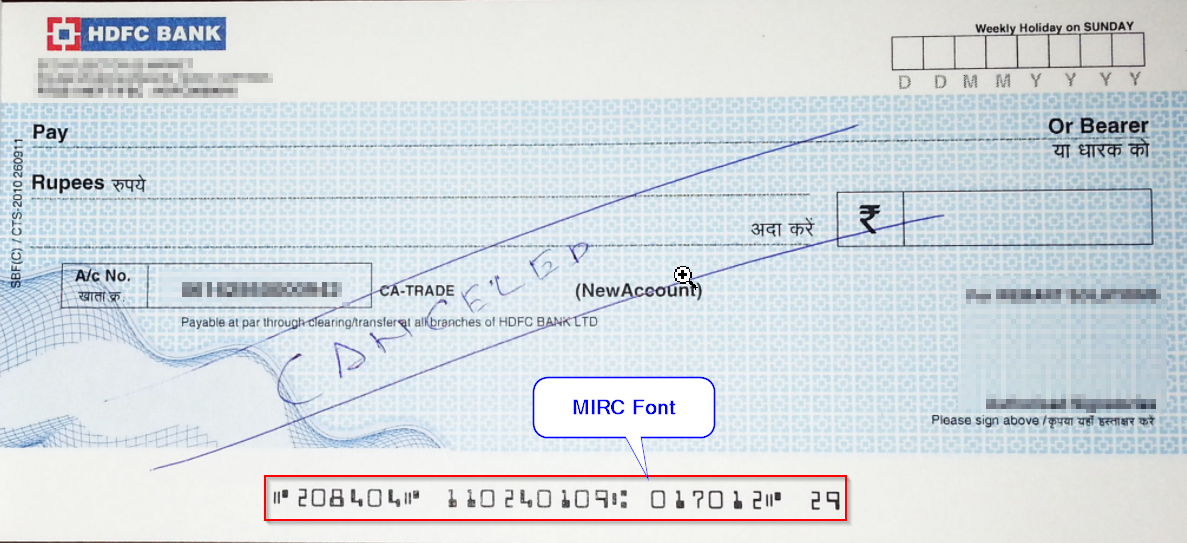
Enhancing Transactions: The Power of MICR Technology
In the realm of financial technology, Magnetic Ink Character Recognition (MICR) stands as a powerful force, revolutionizing the efficiency and accuracy of transaction processing. Let’s delve into the capabilities and impact of MICR technology in modern financial landscapes.
Understanding MICR Technology
MICR technology utilizes magnetic ink and specialized characters to encode information on financial documents, particularly checks. The distinctive MICR line at the bottom of a check contains essential details such as the account number and routing information. This encoding allows for rapid and error-free processing of checks through automated systems.
The Key Components of MICR Technology
At its core, MICR technology comprises two main components: the magnetic ink and the unique font. The magnetic ink contains iron oxide particles, making it susceptible to magnetic fields. The font, designed with specific characters for machine readability, ensures accurate data extraction during automated processing.
Ensuring Accuracy and Speed in Check Processing
One of the primary advantages of MICR technology is its ability to enhance the accuracy and speed of check processing. Automated systems equipped with MICR readers can quickly and reliably extract information from the MICR line, reducing the likelihood of errors associated with manual data entry.
Compatibility with Automated Check Sorting Systems
MICR technology is seamlessly integrated into automated check sorting systems used by banks and financial institutions. As checks pass through these systems, MICR readers decode the information, allowing for efficient sorting based on account numbers, routing details, and other encoded data. This compatibility streamlines the entire check processing workflow.
Reducing Manual Intervention and Human Error
By minimizing the need for manual intervention, MICR technology significantly reduces the risk of human error in check processing. The automated nature of MICR reading ensures that information is extracted consistently and accurately, eliminating discrepancies that may arise from manual data entry.
Enhanced Security Features of MICR
The use of magnetic ink in MICR adds an additional layer of security to financial documents. The unique magnetic characteristics of MICR ink make it difficult to alter or tamper with checks without detection. This feature acts as a deterrent against fraudulent activities, contributing to the overall security of financial transactions.
Versatility in Document Processing
While MICR technology is most commonly associated with check processing, its versatility extends to other financial and non-financial documents. MICR can be applied to various documents, such as deposit slips and official documents, where accurate and machine-readable data encoding is essential.
MICR in the Digital Age
Despite advancements in digital payment methods, MICR technology continues to play a vital role in the financial sector. The efficiency and reliability it brings to check processing make it a preferred choice for businesses and financial institutions aiming to maintain accuracy and security in their operations.
Integration with Modern Banking Systems
MICR technology seamlessly integrates with modern banking systems, ensuring compatibility with electronic banking processes. As financial institutions adopt digital transformation initiatives, MICR remains a foundational technology that facilitates the smooth transition between physical and digital financial transactions.
Future Outlook: MICR and Financial Innovation
Looking ahead, MICR technology is poised to evolve further alongside ongoing financial innovation. As the industry explores new ways to enhance transaction speed, security, and efficiency, MICR is likely to continue playing a pivotal role in shaping the future of financial technology.
To explore the impact of MICR (Magnetic Ink Character Recognition) Technology, visit Millennium Business. Discover how this technology enhances the accuracy, speed, and security of financial transactions, ensuring a reliable foundation for modern banking systems.